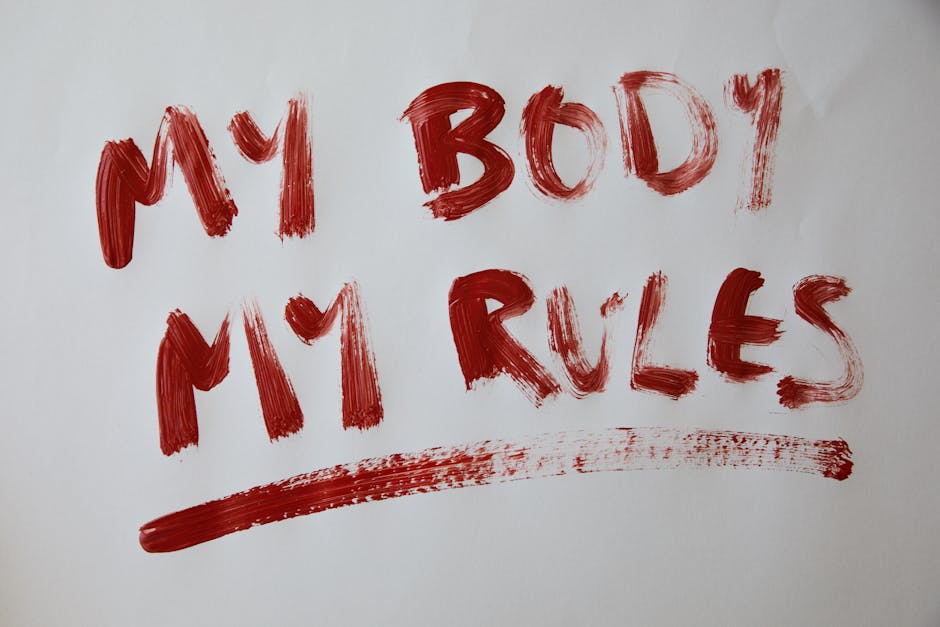
Queer Representation in Mainstream Media
Queer Representation in Mainstream Media
Queer representation in mainstream media is an important aspect of creating an inclusive society. It refers to the portrayal and visibility of lesbian, gay, bisexual, transgender, and queer (LGBTQ+) individuals, relationships, and stories in popular media such as television shows, movies, and music.
Over the years, there has been progress in increasing queer representation in mainstream media. This has been achieved through the inclusion of LGBTQ+ characters and storylines that reflect the diversity of human experiences. By showcasing LGBTQ+ characters and their narratives, mainstream media can help break stereotypes, challenge societal norms, and promote acceptance and understanding.
However, the journey towards adequate queer representation is far from over. Many challenges still exist, including the lack of authentic representation, tokenism, and the perpetuation of harmful stereotypes. It is essential for media creators and networks to not only include queer characters but also ensure their stories are well-developed, respectful, and contribute positively to the overall narrative.
By representing queer individuals and their lives in diverse ways, mainstream media can provide role models and give a voice to those who have been historically marginalized. This can have a profound impact on LGBTQ+ individuals, fostering a sense of belonging, pride, and empowerment. It also helps educate the general public and raise awareness about the LGBTQ+ community, reducing prejudice and discrimination.
As viewers and consumers of media, we play a vital role as well. By actively supporting and promoting queer-inclusive content, we can send a message to the entertainment industry that there is a demand for diverse and authentic representation. Sharing and discussing such media can further contribute to the normalization of LGBTQ+ identities and relationships.
In conclusion, queer representation in mainstream media is crucial for fostering inclusivity, acceptance, and understanding in society. It has the power to challenge stereotypes, provide role models, and educate people about the LGBTQ+ community. While progress has been made, there is still work to be done to overcome the existing challenges and ensure that queer stories are represented authentically and respectfully.
